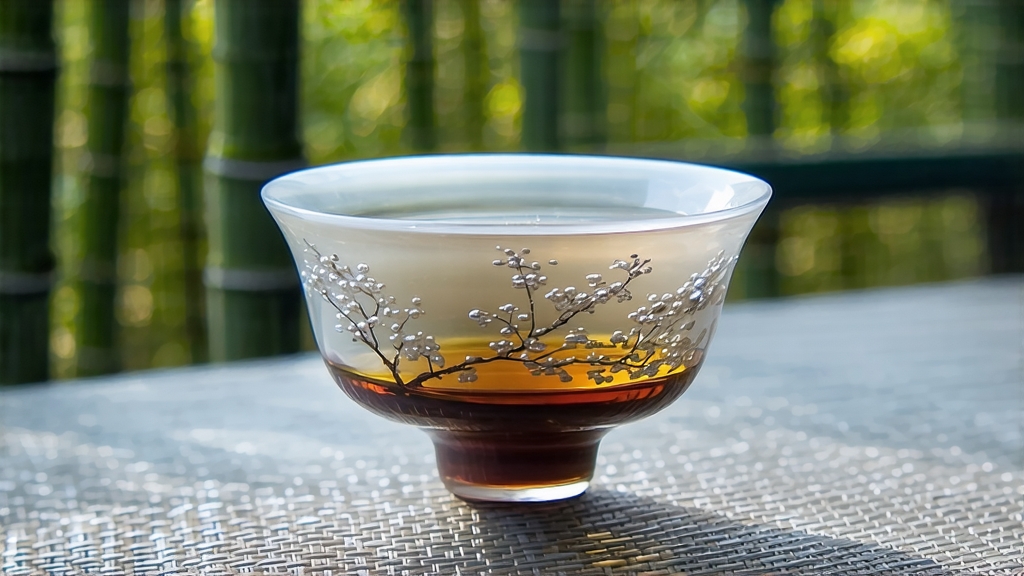
Among the six great families of Chinese tea, white tea is the least theatrical yet the most elusive; it is oxidised by nothing more than air, time, and the patience of its maker. Within this minimalist lineage, Bai Hao Yin Zhen—“Silver Needles of White Down”—sits at the apex, the single-bud expression that connoisseurs call the “moonlight of teas.” To understand China’s tea imagination, one must first listen to the quiet story these downy spears tell.
-
A legend written in frost
Fuding county on the northeastern coast of Fujian has kept county annals since 1064 CE; the first unambiguous mention of “white tea” appears in 1796, when local monks presented a tribute of single buds to the Jiaqing Emperor. Folk memory, however, pushes the origin much further back. Villagers around the Tai Lao mountains still repeat the tale of Lady Lan, a 10th-century herbalist who covered freshly picked buds with rice-paper screens so that “only the moon could touch them.” Whether history or romance, the image captures the essence of Yin Zhen: protection from heat, reverence for coolness, and a belief that the tea must be finished by celestial light rather than human fire. -
The geography of down
Authentic Bai Hao Yin Zhen comes from either Fuding or the neighbouring Zhenghe county, both lying just inside the subtropical belt yet lifted by 600–900 m granite ridges. The cultivars responsible—Fuding Da Bai and Zhenghe Da Bai—have unusually large, succulent buds whose outer scales store a waxy layer of lu (white down). In early March, when night temperatures still drop to 8 °C, the bush channels amino acids upward to protect the embryonic leaf, creating the sweet, hay-like broth that later mesmerises drinkers. No other region in China replicates this chemical profile; buds moved even 200 km west lose half their down and gain a grassy harshness. -
Harvest etiquette: one bud, one dawn
Plucking begins when the bud reaches 2.5–3 cm but before the first scale unfurls—an interval locals call “the sparrow’s beak.” Rules are strict: no fingernails, only a gentle twist; no baskets deeper than 10 cm to prevent compression; transport to the withering shed within two hours. A skilled picker gathers barely 500 g of fresh buds during a dawn shift; 30 000 of these are required for one kilogram of finished tea. -
The craft of doing almost nothing
White tea’s processing is famously succinct—wither, dry, sort—yet each step hides micro-decisions that decide whether the tea becomes a celestial nectar or a flat hay infusion.
a) Withering: 60–72 h on woven bamboo racks, 28 °C max, 65 % RH. The goal is to let moisture fall from 75 % to 11 % without ever pushing the leaf above 33 °C, the enzymatic death point. Masters read the bud’s spine: when it snaps but the down still clings, the wither is complete.
b) Solar rest: 20–30 min of morning sun, no more. UV-B triggers a gentle oxidation that converts catechins into theaflavins, giving Yin Zhen its peach-skin aroma.
c) Low-temperature bake: 40 °C for 90 min using charcoal embers buried in ash; this fixes the aroma while preserving the enzyme pool that will drive years of slow ageing.
d) Sorting: fans, sieves, and finally tweezers—every broken bud is removed because the fracture surface turns bitter in storage.
-
The colour that is not white
Dry Yin Zhen is an architectural grey—silver at the tip, gun-metal near the base, with the occasional celadon flash where a scale once clung. The name “white” refers to the down, not the leaf. Under a 10× loupe each hair is a hollow tube that scatters light, giving the bud its lunar glow. These tubes also act as aroma vaults, storing linalool and geraniol that release only when the bud meets hot water. -
Brewing: the quiet theatre
Western recipes often ruin Yin Zhen with boiling water and three-minute steeps; the result is a dull, tannic broth. The Chinese gongfu approach treats the buds